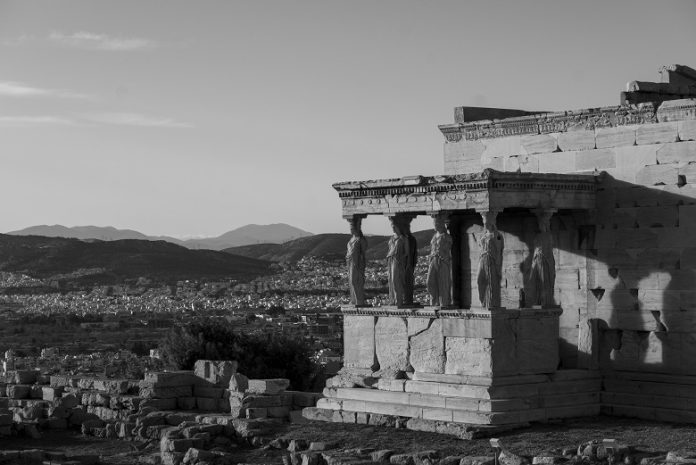From early Cycladic figurines to the Parthenon Marbles and beyond, marble has been a cornerstone of Greek art and architecture. It has honored the gods, celebrated beauty, and captivated the public for millennia.
The Essence of the Cyclades
The story of Greek marble begins in prehistory. As early as the Neolithic era, craftsmen harnessed this luminous and vibrant material, reaching its zenith during the Early Bronze Age in the Cyclades. The iconic white marble figurines, with their minimalist lines and folded arms, reflect the allure of this stone, which was often painted in vivid colors, as modern analyses have revealed.
The Islands of Marble
During the Bronze Age, Naxos, Keros, Paros, and Ios emerged as major centers of marble production. Paros gained prominence for its homogeneous, high-quality marble, prized for its ease of carving. Extracted from underground shafts lit by oil lamps, this material was used to adorn temples and treasuries, such as those on Delos and Delphi.
The Marble of Attica
Attica’s renowned Pentelic marble came into the spotlight during the Classical period. Pericles’ ambitious projects on the Athenian Acropolis, including the Parthenon, showcased this extraordinary stone. Every element of the Parthenon, from its columns to its intricate sculptures, attests to the exceptional craftsmanship of ancient marble workers.
A Testament to Excellence
Creating marble masterpieces required unparalleled skill and dedication. Using hand tools, ancient craftsmen achieved precision that modern technology struggles to replicate. From quarrying to final sculpting, each step reflected their artistry and reverence for the gods.
Roman Innovations
Under Roman rule, the use of Greek marble flourished once again. The Romans completed grand projects like the Olympieion and adorned their structures with polychrome marbles from across the Mediterranean, including Greek stones of various hues and textures.
A Living Tradition
The art of marble carving thrives in Greece today, with Tinos as its heart. From the restoration of ancient monuments to modern architectural marvels, Greek craftsmen continue to honor their heritage. Whether in monumental public buildings or everyday objects, marble remains a defining feature of Greek life.
Greece is marble, and marble is Greece!
Source: www.greece-is.com






































